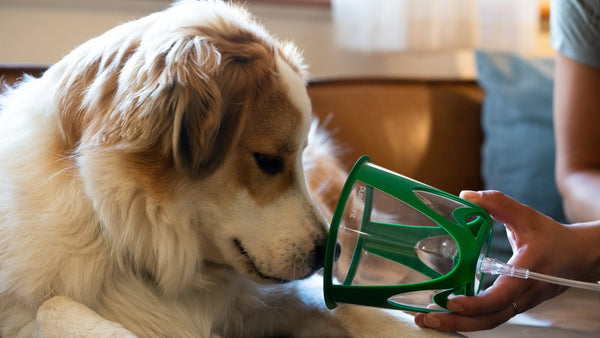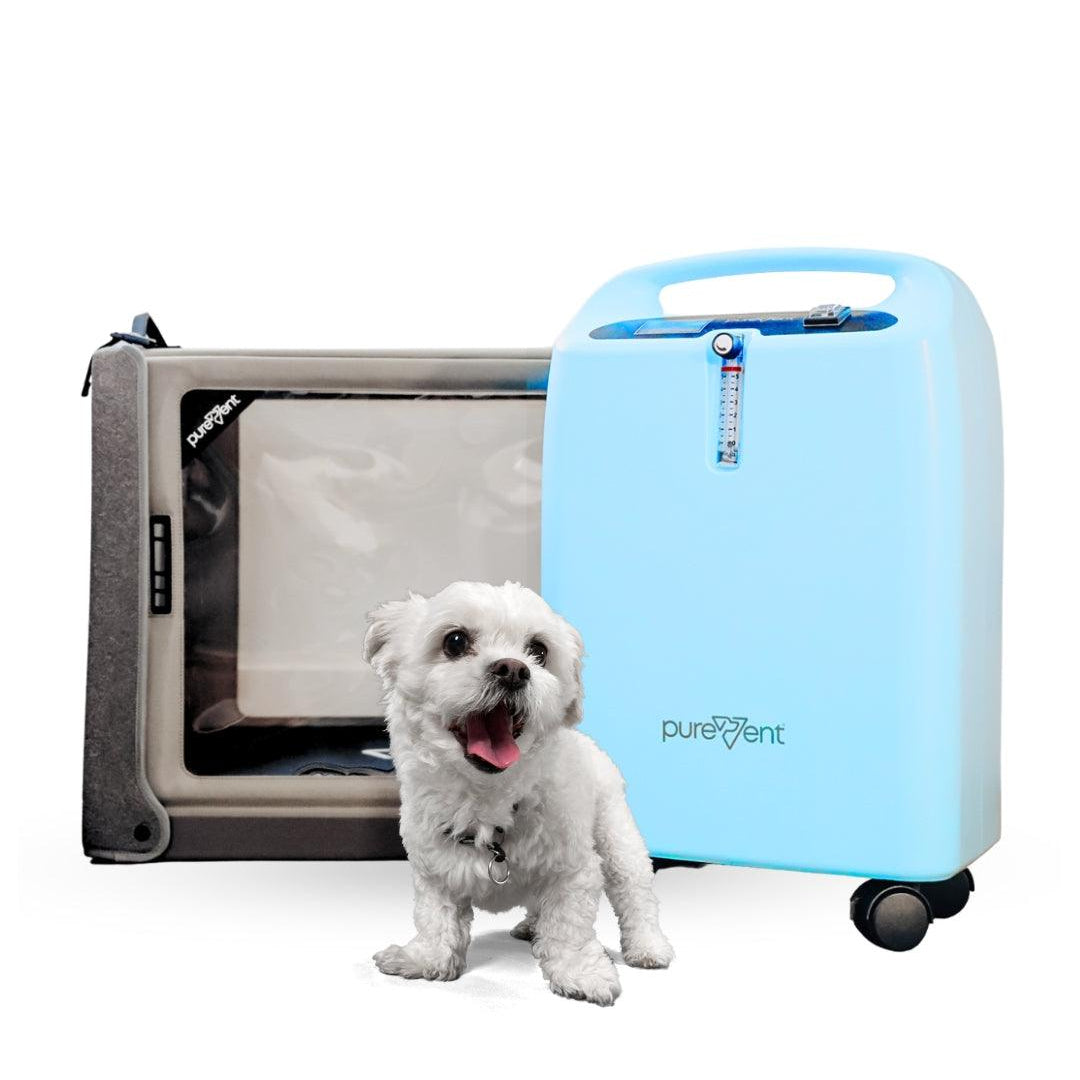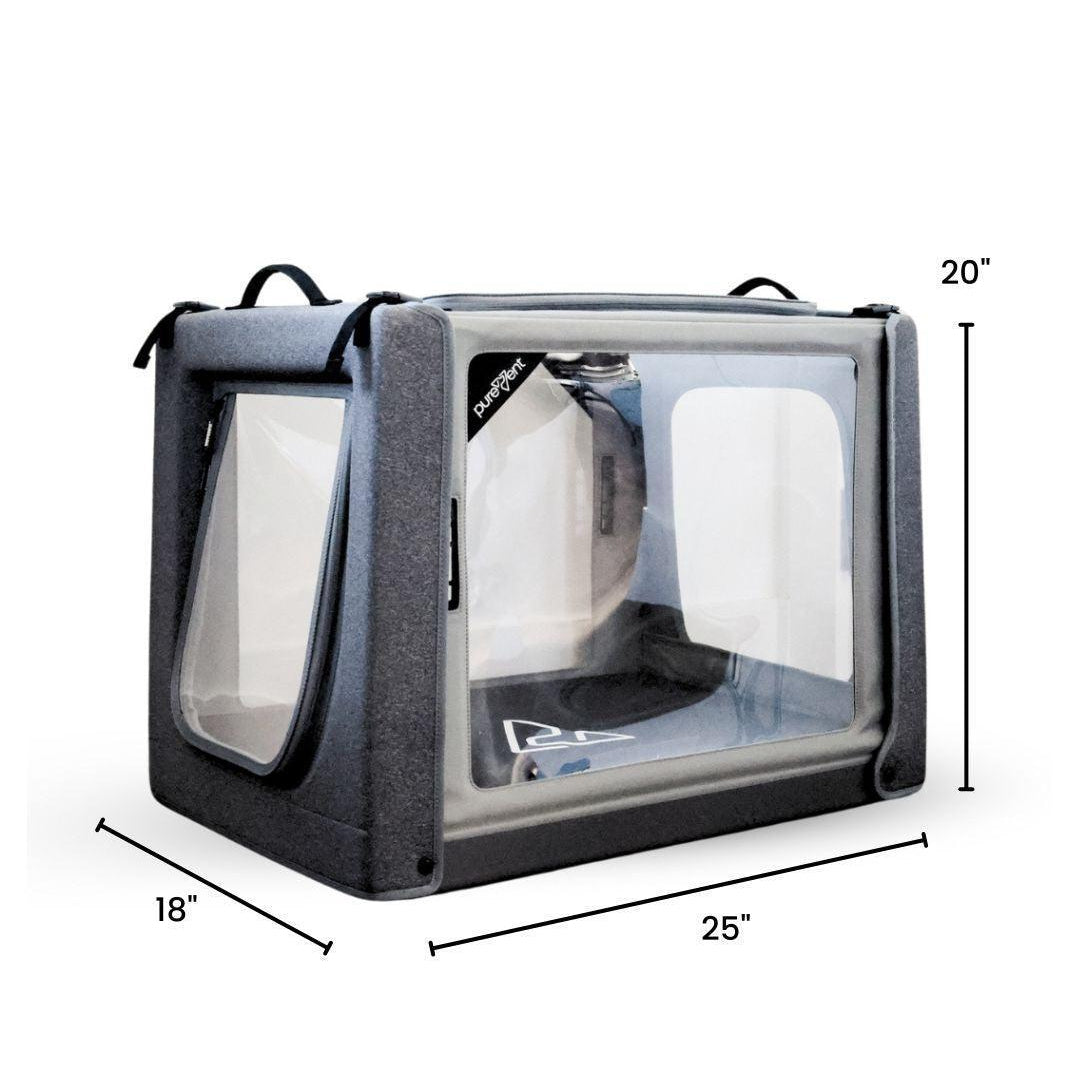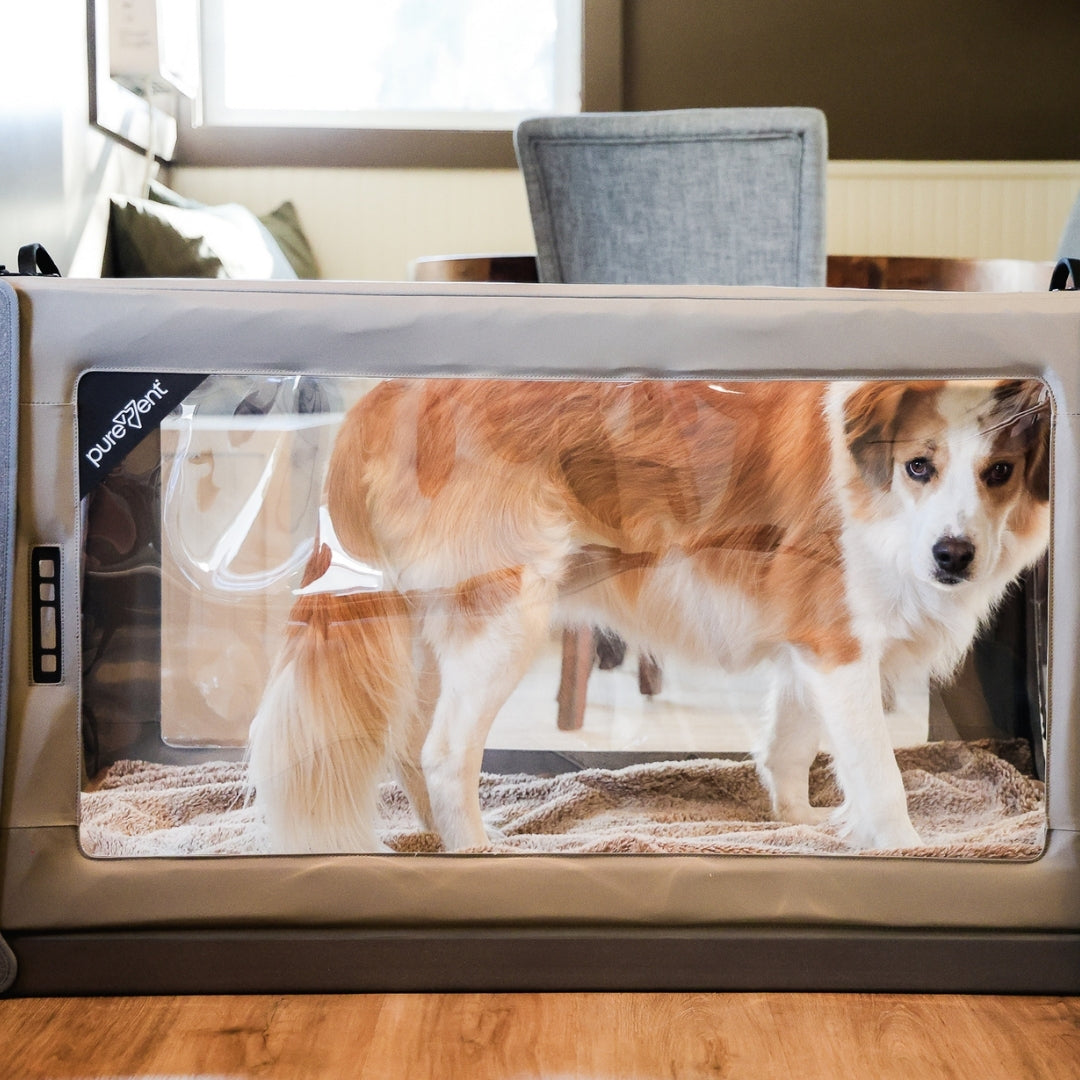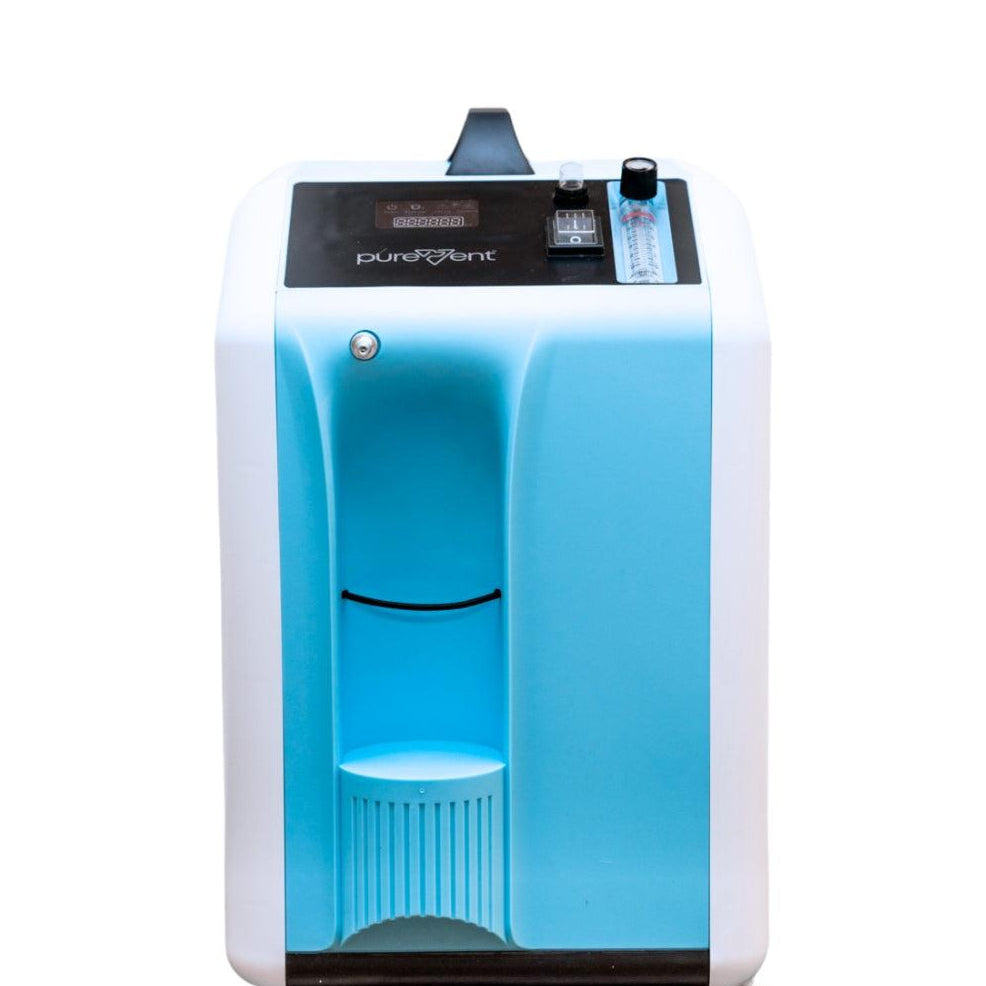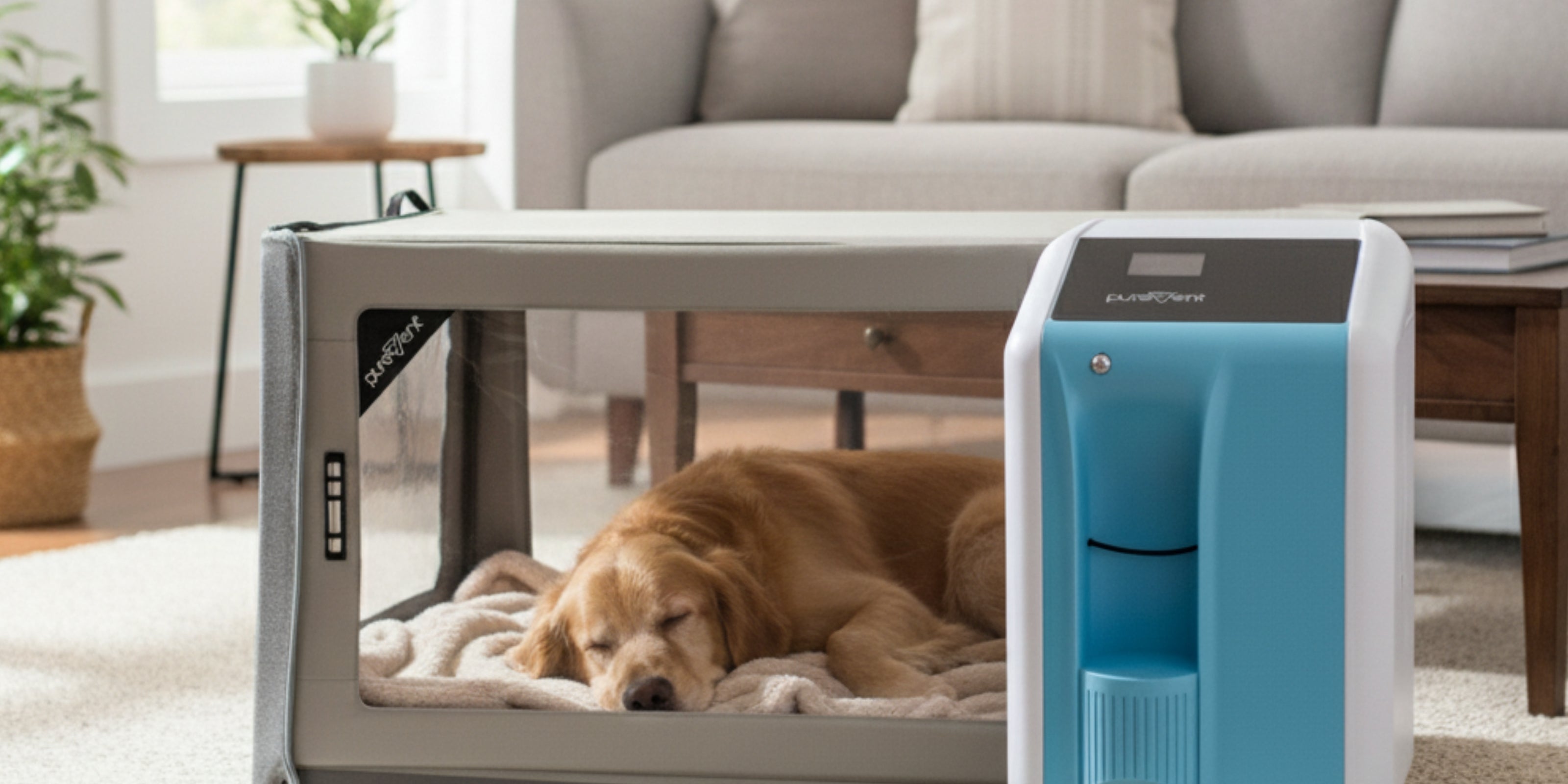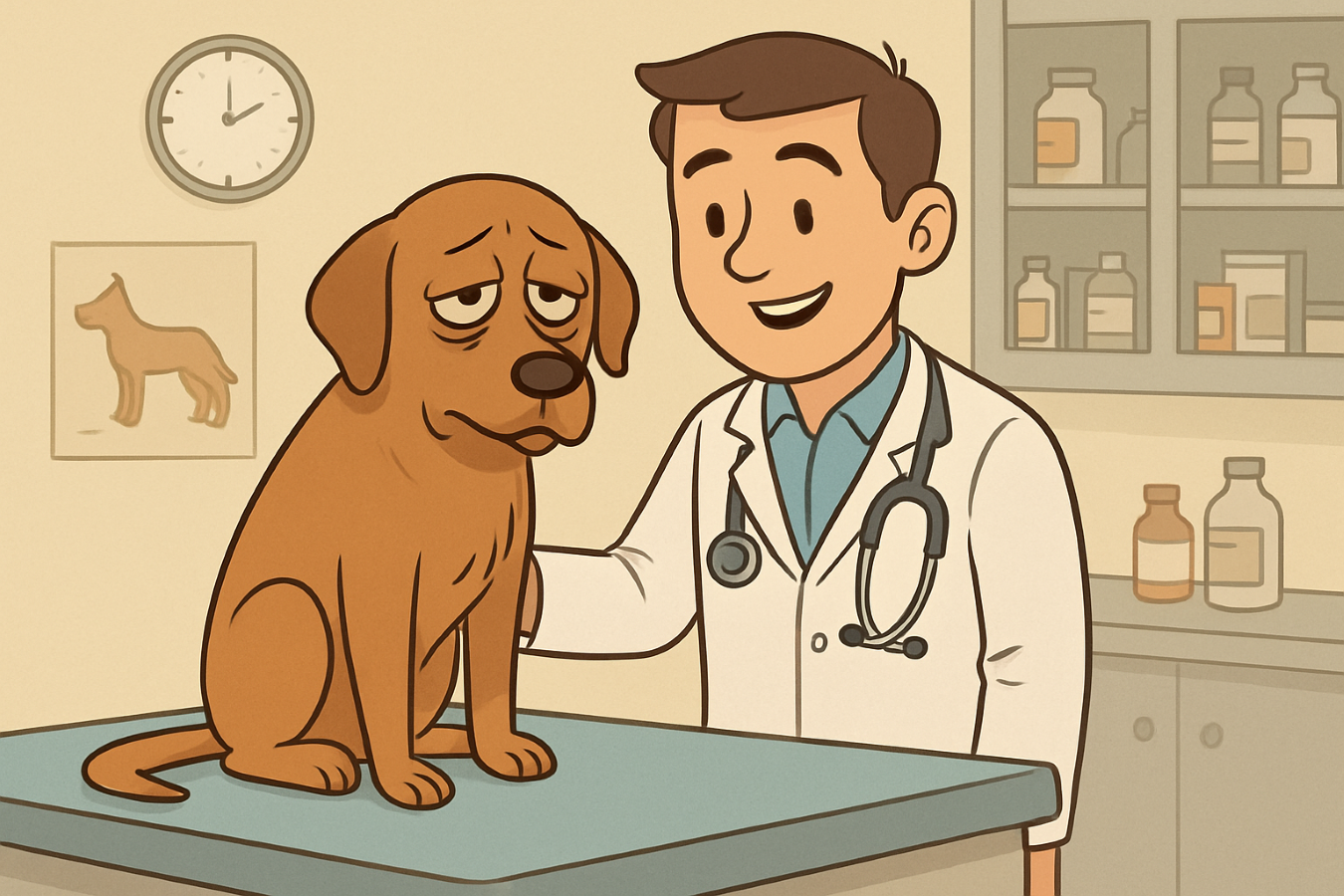A normal heart rate for most dogs ranges from 60 to 160 beats per minute, depending on their size, age, and activity level. Monitoring your dog’s heart rate helps you spot early signs of illness, heart disease, or respiratory issues before they progress. With guidance from your veterinarian, treatments like medication, lifestyle adjustments, and at-home oxygen therapy can help maintain a healthy rhythm. Understanding your dog’s heartbeat empowers you to take an active role in their care and support a longer, healthier life.
Table of Contents
Your dog’s heart rate is more than just a number; it’s a window into their overall health. By knowing what’s normal, you can spot early signs of stress, illness, or heart problems before they become serious. Monitoring heart rate is a simple but powerful way to stay proactive about your dog’s well-being and ensure they live a long, happy, and healthy life.
Understanding Your Dog’s Heart Rate
Your dog’s heart rate refers to the number of times their heart beats per minute (bpm). You can check it by placing your hand on their chest behind the front leg or feeling for a pulse on the inner thigh (the femoral artery). Count the beats for 15 seconds and multiply by four. Heart rate is one of several vital signs, along with breathing rate, gum color, and temperature, that offer a snapshot of your dog’s health.
What’s Considered Normal?
A dog’s resting heart rate depends on their size, age, and overall condition:
- Small dogs and puppies: 100–160 bpm
- Medium to large dogs: 60–100 bpm
- Senior or resting dogs: lower end of the range
Heart rate can also fluctuate with size, fitness, emotional state, temperature, and recent activity. Knowing what’s typical for your individual dog helps you notice when something feels “off.”
💡Pet Parent Tip: Use the Pet Heart Rate Calculator at the end of the article to see your dog's heart rate!
When to Worry: Abnormal Heart Rates
Temporary changes in heart rate due to excitement or rest are normal, but persistent changes can indicate a problem. A faster heart rate is called tachycardia, while a slower one is bradycardia.
Contact your veterinarian if you notice these symptoms:
- Weakness or collapse
- Labored breathing
- Pale or blue gums
- Fainting or confusion
- Coughing or lethargy
Common Conditions That Affect Heart Rate
A dog’s heart rate may rise or fall due to many medical conditions:
- Heart disease: Congestive heart failure, valve disorders, or cardiomyopathy
- Respiratory conditions: Chronic bronchitis, pneumonia, or tracheal collapse
- Thyroid disorders: Affect metabolism and rhythm
- Anemia or shock: Cause the heart to beat faster to deliver oxygen
- Dehydration or heatstroke: Lead to a rapid heart rate as the body compensates
Understanding these causes helps veterinarians develop the best treatment plan.
How often should I check my dog’s heart rate at home?
You don’t need to check your dog’s heart rate every day, but it’s a good idea to monitor it periodically, especially if your dog is older or has a heart or respiratory condition. Regular checks, such as once a month or during quiet rest, help you learn what’s normal for your pet. If you ever notice changes like a consistently fast, slow, or irregular pulse, contact your veterinarian for guidance.
When should I contact a veterinarian about my dog’s heart rate?
You should contact your veterinarian if your dog’s heart rate is consistently above or below the normal range for their size and activity level, or if you notice irregular rhythms. Other warning signs include weakness, coughing, fainting, or trouble breathing. These symptoms could indicate an underlying heart or respiratory condition that requires prompt evaluation.
How can I keep my dog’s heart healthy as they age?
You can support your dog’s heart health as they age through regular exercise, a balanced diet, and routine veterinary checkups. Keeping your dog at a healthy weight and providing heart-healthy nutrients can reduce strain on the heart. Your vet may also recommend monitoring blood pressure, heart rate, and, in some cases, oxygen levels to catch early signs of heart disease.
How Veterinarians Diagnose the Cause
When a dog’s heart rate is abnormal, your vet will perform tests to find out why.
These tests may include:
- Physical exam and auscultation (listening to the heart and lungs)
- Electrocardiogram (ECG) to assess rhythm
- Chest X-rays or echocardiogram to examine structure and function
- Blood tests to check thyroid and electrolytes
- Blood pressure measurement for circulation issues
Pinpointing the cause ensures safe, effective treatment.
Treatment Options and At-Home Support
Most dogs improve with a mix of medical care and lifestyle changes.
Your veterinarian may recommend:
- Medications such as beta-blockers, diuretics, or antiarrhythmics to regulate rhythm and reduce strain
- Treating underlying issues like thyroid imbalance, infection, or dehydration
- Lifestyle habits like weight management, gentle exercise, stress reduction, and regular checkups
For dogs with heart rate changes tied to low oxygen or respiratory problems, at-home supplemental oxygen therapy can be a valuable tool. It helps reduce strain on the heart and improve oxygen delivery, allowing dogs to breathe easier and recover faster. Always use oxygen therapy under veterinary guidance for correct flow rate and duration.
How Supplemental Oxygen Helps with Abnormal Heart Rhythms
When a dog’s heart beats too quickly (tachycardia) or too slowly (bradycardia), oxygen levels may drop, forcing the heart to work harder.
Supplemental oxygen helps restore balance by:
- Boosting oxygen levels for vital organs
- Reducing cardiac strain and promoting steady rhythm
- Supporting recovery from heart or respiratory illness
- Improving comfort so dogs can breathe more easily
Veterinarian-approved tools like Pawprint Oxygen’s portable oxygen kits and PureVent Oxygen Chambers make it easy to provide safe, at-home oxygen therapy under professional supervision.

Monitoring and Prevention
Checking your dog’s heart rate regularly helps catch changes early. Try measuring their resting rate weekly when calm, and keep notes to share with your vet.
To maintain heart health:
- Track heart rate and note sudden changes
- Keep a log of readings and activity
- Schedule annual exams and heartworm prevention
- Act quickly if you notice fatigue, coughing, or breathing changes
Keeping Your Dog's Heart Happy
Understanding your dog’s heart rate is an easy, effective way to protect their health. With early detection, veterinary care, and supportive tools like at-home oxygen therapy, dogs with heart or respiratory challenges can continue to live active, comfortable lives. Caring for your dog’s heart truly is one of the most loving things you can do.
Pet Heart Rate Calculator
Enter the number of heartbeats you count in 15 seconds:
Normal Heart Rate Ranges
- Cats: 120-160 BPM
- Small Dogs: 100-160 BPM
- Medium to Large Dogs: 60-100 BPM
- Puppies: 120-160 BPM
Signs of Respiratory Distress
- Rapid breathing, even while resting
- Labored or noisy breathing
- Coughing, gagging, or wheezing
- Blue or pale gums
- Open-mouth breathing, especially in cats
How to Take Your Pet's Pulse
- Chest: Place your hand on your pet's chest, just behind the left elbow.
- Inner Thigh: Feel for the pulse on the inner thigh, near the femoral artery.
- Count the beats for 15 seconds and multiply by 4 to get BPM.
- Use a stethoscope for more accurate readings.

